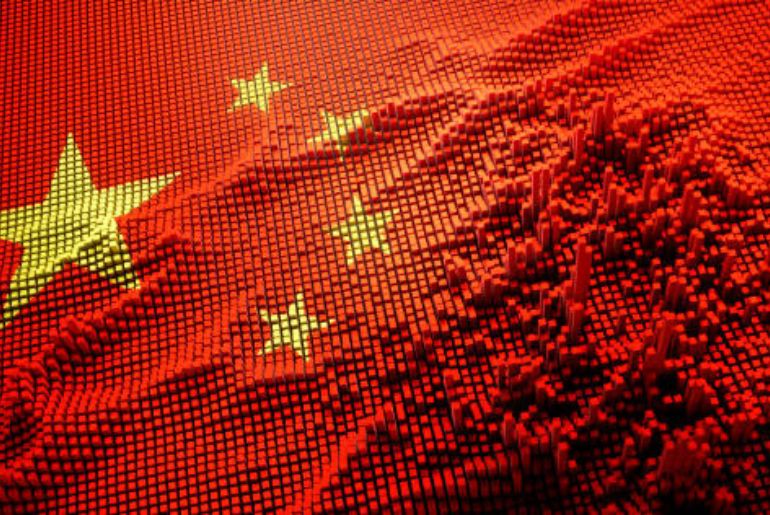In a surprising policy shift, China has excluded electric vehicles (EVs) from its list of strategic industries in the upcoming 15th Five-Year Development Plan for 2026–2030 — the first time in more than a decade that the sector has not been prioritised at the national level.
The omission marks a turning point for a sector that has long been a pillar of China’s industrial strategy. Since 2009, Beijing has poured billions of dollars into supporting new energy vehicles (NEVs) — a category that includes EVs, plug-in hybrids, and fuel cell vehicles — through subsidies, tax incentives, and infrastructure development. This sustained support helped China become the world’s largest EV market, producing more than half of the global supply.
However, according to the summary of the 15th Five-Year Plan released by the official Xinhua News Agency, China will now focus on emerging technologies such as quantum computing, bio-manufacturing, hydrogen energy, and nuclear fusion as the next engines of economic growth. While the plan still encourages broader automobile consumption, EVs no longer hold their previous “strategic industry” status.
Automobiles were briefly mentioned in the context of stimulating domestic demand, with authorities calling for the removal of purchase restrictions to boost car sales. The full version of the plan is expected to be unveiled at China’s annual parliamentary meeting in March 2026.
Shift Driven by Oversupply and Price Wars
Industry analysts say the decision reflects the challenges facing China’s once-booming EV sector, which is now grappling with oversupply, slowing demand, and a fierce price war among local brands. Over the past two years, major EV manufacturers, including BYD, NIO, and XPeng, have slashed prices in an attempt to maintain sales momentum amid increasing competition and deflationary pressures.
With more than 100 domestic EV makers vying for market share, the sector has become overcrowded. Many smaller manufacturers are struggling to survive as consumer demand plateaus and export prospects dim due to growing trade tensions with the West.
Xi Jinping Calls for “Rational Growth”
In his remarks accompanying the plan, President Xi Jinping cautioned against what he called “rushing headlong” into new industries without considering long-term sustainability. “We aim to guide all parties to adopt a sound, rational, and realistic approach in their work and refrain from rushing into new initiatives,” Xi said, according to Xinhua.
Earlier this year, Xi had questioned whether every Chinese province needed to develop sectors such as artificial intelligence, computing power, and EVs — a clear indication that Beijing is rethinking its strategy for high-tech industrial development.
Saturated Market, Global Tensions
China’s EV revolution, once seen as a model of state-driven industrial success, is now facing its toughest test. A saturated domestic market, excessive production capacity, and declining profitability have put pressure on automakers. Cities such as Hefei and Xi’an — once unlikely automotive centers — have become key EV production hubs, but the rapid proliferation of local projects has outpaced demand.
Meanwhile, Chinese car exports face increasing scrutiny and trade barriers, especially in Europe and the United States, where policymakers have raised concerns over subsidies and dumping practices.
What Comes Next
While the government’s focus appears to be shifting away from EVs, analysts note that the sector is unlikely to lose all policy support. Instead, Beijing may concentrate on consolidating the industry — encouraging mergers, improving efficiency, and supporting high-value innovation in battery technology, autonomous driving, and hydrogen mobility.
As China pivots toward new frontiers such as quantum technology and hydrogen energy, the exclusion of EVs from its strategic industries list signals a broader effort to rebalance growth and avoid the pitfalls of overinvestment.
For the global EV market, the move underscores a maturing phase in China’s electric mobility journey — one where survival may depend less on government backing and more on innovation, quality, and global competitiveness.

